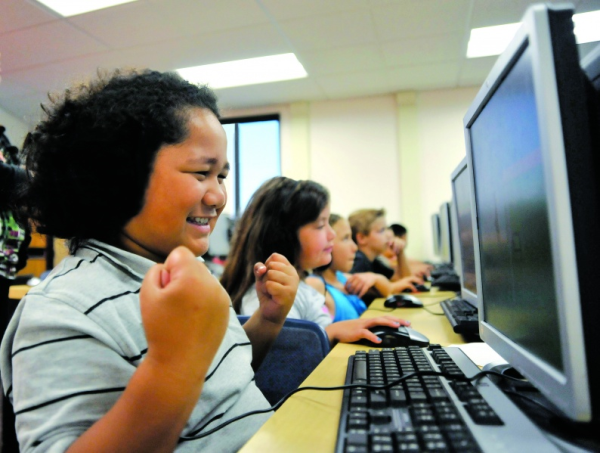
“Sweet are the uses of adversity,
Which, like the toad, ugly and venomous,
Wears yet a precious jewel in his head”
— Shakespeare’s “As You Like It,” Act 2, Scene 1
The impetusLast academic year I gave my students a challenge. I wanted them to construct the questions for us to investigate. I handed over controls of the plane to the students, told them the destination (the standards) and the timeline, then gave them autonomy over the direction.
Despite providing them with scaffolds, faced with independence they not only floundered, but crashed the vessel. I had believed that children would feel empowered to direct their learning. Instead I had, time and again, the same exchange:
Me: “What are you interested in?”
 Student: “Well, what do you want us to be interested in?”
Student: “Well, what do you want us to be interested in?”
The conversation continued at length with me continually running into the same conceptual wall. These students could unpack complex texts or jabber on about author’s purpose, but ask them what they were interested in and they had no idea. They acted as robots of rigor that have no connection to their learning.
At some point in my exploration of how to solve this chasm in order to create motivated, lifelong learners capable of deep analysis and understanding, I came across Blended and Personalized Learning.
Thus commenced my (continuing) adventures and experiments in Personalized Learning. More of the details can be found at my blog, but listed below are some of the basic things I’ve done and how they’ve transformed my students.
What does it look like?
I teach science to third-, fourth- and fifth-graders. I have given them access to a wide variety of experiences, but in general we operate somewhere in the flipped classroom/individual rotation sphere.
I try to use technology to stimulate debate, take real-time accurate data, encourage collaboration, and allow students to have control over the direction of their learning. To this end I use several programs and tools — Edmodo, blendspace, eduCanon and Microsoft’s OneDrive being some of my favorites. I create my own content and then allow the students to control the learning.
My central aim is to reduce my time speaking. I offer students paths through the content then help them to structure the questions. We build knowledge in classroom science lessons to utilize in practical labs. During these constructivist labs, children have control over how to record their work. This is their time to demonstrate their learning and experiment with analysis and problem solving by creating questions and solutions.
The two environments work hand in hand to drive complex high order thinking. A perfect example would be our electricity unit, when fourth-graders used their knowledge to design and then build electrical products to do a job. They selected materials, placed orders online and then built them. This also allowed us to incorporate a design-build-learn framework in the class.
So, what has it given me?
First off, science looks considerably different now compared to years past. I pontificate less and we get more done. I do less hand holding as students are in control. I also have less management in certain ways: The directions are clear, and online the responsibility lies with students to organize themselves.
Moreover I have achieved my central aim — students love being in control of their learning. I have students that can race ahead and delve in to challenging concepts while students who struggle master concepts rather than fail at a plethora of challenging ideas. They love to see their progress (one of the great things about the instant feedback of edmodo, eduCanon and blendspace).
I have a greater idea of where each student is, and I pull corresponding groups quickly and efficiently. I can see the exact concepts with which a student struggles and as I am free (an advantage of not having a station rotation), I can intervene in the moment.
By combining my approach with project-based learning I am able to give students real-world problems and a connection to science that gives it value beyond the classroom. They are able to create solutions to questions, which further enhances their skills.
For all I have enjoyed embracing learning by doing, I think it’s important to point out that it is hard work. You need to dedicate yourself to the process and have a strong belief in what you are doing. This approach is not a panacea but a part of the cure; school culture and great teaching are still very essential to a great school.
But with that said, my students are developing those questions and STEM learning skills that I’d hoped for. They are slowly taking control of their learning. And as for me, I’m learning to help support their path. To quote Maya Angelou: “Am I wise? I’m still in route.”
James Howes teaches at Horace Mann Elementary School in Washington DC. Since 2008 he has been the Science, Teambuilding and Health teacher for grades 3-5. Follow him on Twitter at @SaucyJackDC
MIND Research Institute is supporting girls in STEM through its Women with Drive Golf Outing August 25. 

MIND Research Institute welcomes guest blogs that highlight best practices in math education, blended learning and innovative learning strategies that inspire students at all ages.
Comment